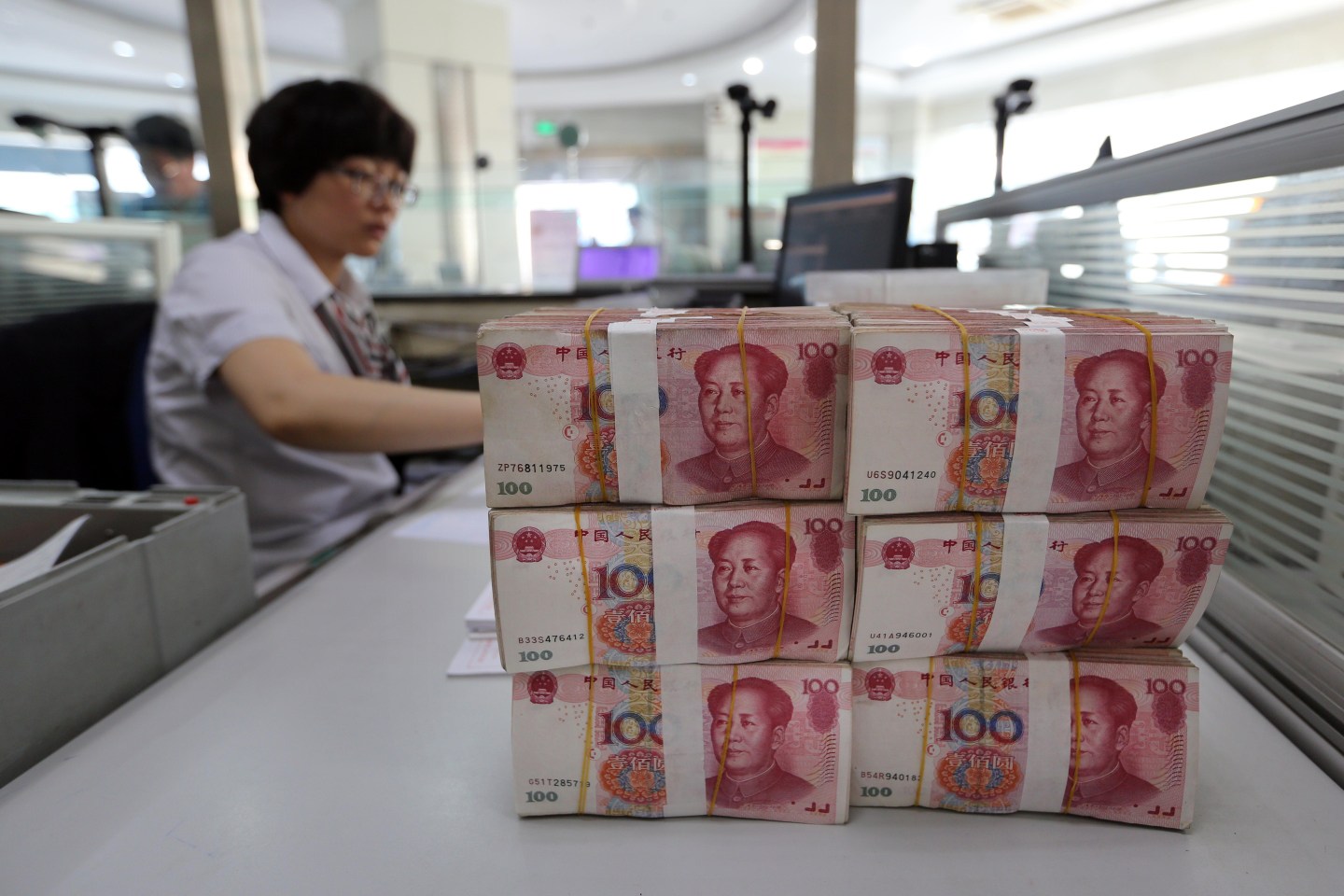Two important surveys of the Chinese economy sent mixed messages about its performance in November, with conditions improving in smaller, private companies and the service sector, but continuing to get worse at bigger state-owned companies.
The surveys extend a trend visible for most of the last year, and do little to change the overall picture of a protracted slowdown in the world’s second-largest economy, albeit cushioned by solid growth in newer and more nimble businesses.
The official manufacturing purchasing managers’ index, which tracks the activity of large, state-owned enterprises, fell to 49.6 from 49.8 the previous month. By contrast, the Caixin/Markit PMI, which tracks a smaller sample of private manufacturers, rose to 48.6 from 48.3 in November, slightly ahead of expectations of no change. Both are still below the 50 level usually consistent with positive growth. The Caixin index hasn’t been above 50 since February, while the official one fell below 50 in August.
Hong Kong-based brokerage Reorient said last week that losses are widening in the steel, coal and smelting industries that powered the country’s breakneck industrialization over the last 20 years. Even according to official statistics, whose reliability many international economists doubt, profits at state-owned enterprises fell 9.8% to a combined 1.88 trillion yuan ($293 billion) in the first 10 months of the year. Reorient said the latest data suggested that the government “may have begun bailing out certain poorly-run state-invested companies by taking over majority stakes.”
There was better news from the country’s services sector, again underlining the much healthier outlook also visible in official data for retail sales and tourism. The service sector PMUI rose to 53.6 from 53.1, hitting its highest level in four months.
The survey come a day after the International Monetary Fund said that it will include the renminbi, in the basket of currencies behind its unit of account, the Special Drawing Right, in a move that is likely to loosen China’s tight control of its capital account. Economists at Bank of America said Tuesday the move risks creating some downward pressure on the renminbi in the near term as Chinese savers look to diversify their assets outside of their home market. The dollar has risen 2% against the renminbi in the last month in anticipation of the move. A falling renminbi could help support Chinese manufacturing, but risks spreading the deflationary pressures in China across the rest of the world.





